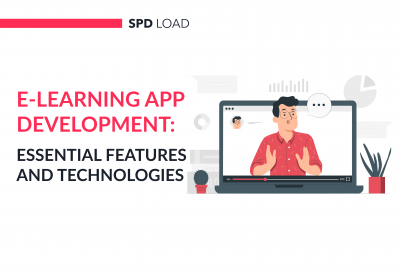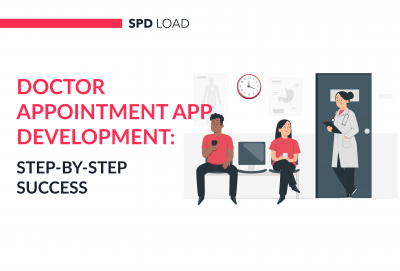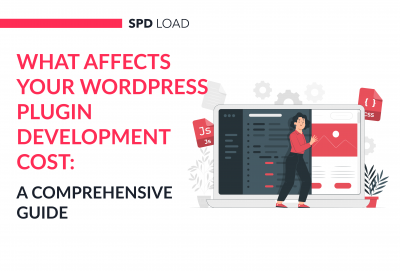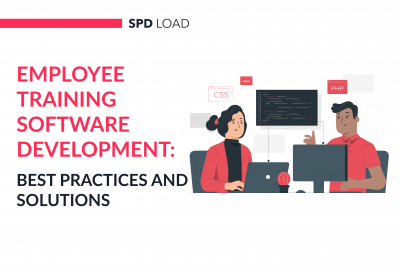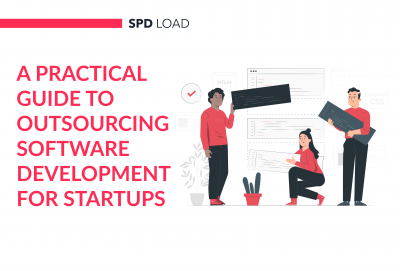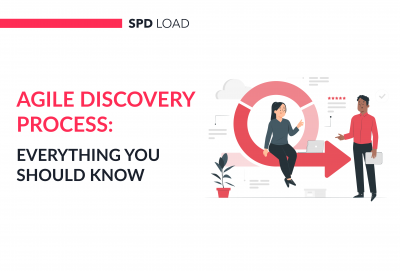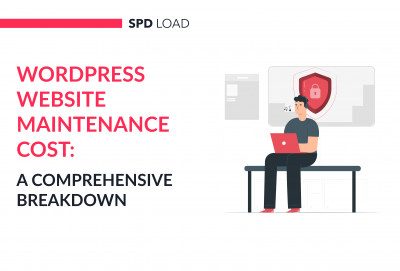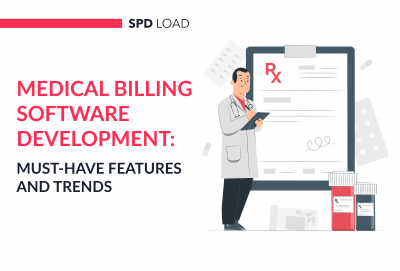How to Create a Tech Startup Business Plan and Succeed
- Updated: Aug 27, 2024
- 9 min
Like Abraham Lincoln spending four hours sharpening his ax before chopping down a tree in six, proper planning is essential for launching a successful tech startup in 2024.
Sure, coming up with a great business idea is the first step, but having an organized startup business plan to execute that vision is what separates the startups that thrive from those that flounder.
Despite the rewards, the tech industry is intensely competitive.
In their excitement, many founders with creative ideas overlook crafting a solid technology startup business plan and rush into launch.
A well-structured business plan serves as the driving force behind a startup’s growth and success. It allows tech entrepreneurs to set ambitious goals, secure early funding, track progress, and assemble the necessary resources.
This article provides tech founders with a comprehensive guide for creating a business plan tailored to launch a thriving startup.
It outlines practical steps to craft a strategic vision and set measurable objectives so those long hours sharpening your “ax” pay dividends down the road.
With the proper preparation, a thoughtfully laid plan, and commitment to persistent execution, your tech startup can chop through the competition.
Unlock your startup potential now — start transforming your vision into a scalable solution with our expert developers today!
What is a Business Plan, and Why Do You Need It?
A business plan is an outlined process documentation of a company’s goals and how it intends to achieve them by laying out the roadmap for all different business aspects like marketing, finance, and operations.
Before creating a well-structured business plan, knowing why you need one is essential.
Writing a business plan for technological, for example, healthcare startups helps in assessing the startup opportunities realistically, in addition to other benefits such as:
- A better understanding of the business and its objectives
- Forecast the financial needs and expenses
- Build a development strategy
- Attract investors and support fundraising campaigns
- Pitch deck to prove the startup will last and grow
- Prepare the company to face critical challenges and overcome them
- Analyze the targeted market and competitors
Creating a Business Plan for Your Tech Startup
Now that you clearly understand what business plans are used for, it’s time to take the first step. Therefore, we’ll demonstrate the practical steps of how to start a business plan.
Step 1. Write a Company Description
A startup description is an overview of the business that answers two main questions: ”Who is the founder behind the startup?” and “What will the founder undertake to guarantee the startup’s success?”.
It provides extensive details about the business approach, includes all the required elements to grab investors’ attention, can be utilized as a startup pitch deck, and usually contains the following information:
- Tech startup business name and location
- The vision and mission statements
- Long-term and short-term goals and objectives
- The legal form of ownership, e.g., LLC, cooperation, etc
- Products, services, and targeted market
- Starting date with a brief history of how the idea came up
- The startup’s strength points and competitive advantages
- A summary of founders and team members
You can never learn how to create a typical business plan for a startup without drafting some fundamental ideas and then developing the content gradually until it covers all the requirements and conveys the complete business information.
Most importantly, everything about the tech startup must be explained in detail in this section.
As for the business structure, the registration process could be tedious so it is advisable to consult experts before deciding if it is best to start an LLC, a sole proprietorship, or a corporation.
Registering the business helps your clients to verify your business and give the assurance that it is legitimate and trustable.
Step 2. Draft an Executive Summary
While learning how to make a software startup business plan, many founders confuse the executive summary with the business description.
But the truth is, it’s like the difference between the movie trailer and the movie itself!
The executive summary provides a brief overview of the business plan using short, clear, and concise language.
Although it has the same structure as a business plan, information must be demonstrated briefly and straightforwardly.
However, the executive summary must include the following key elements:
- Startup goals and objectives
- Products and services
- Targeted market and potential opportunities
- Competitor analysis
- Sales and marketing trategy
- Financial projections and outlines
Step 3. Identify Your Target Market
The target market is the core customer base, and identifying it ensures the business is on the right track and the cost-effectiveness of marketing efforts.
Knowing the customers’ needs, motivations, demographics, and other relevant information will help determine what customers want and are willing to spend.
The following questions help in target market identification:
- Who are the tech startup customers? Their gender, age, profession, income, etc.
- Where are they located?
- What do they think? What are their interests?
- What do they like and dislike?
- What do they do for a living?
- Are they online users or offline customers?
The more details are known about the target market, the tech startup’s success chances increase, and prospective investors will become more likely to support the business.
Moving forward, it’s time to learn about market research in detail.
Step 4. Conduct Market Research
The market research provides deep insight into the targeted audience and the startup product-market fit.
It’s one of the best methods for target market identification that eliminates the concerns about whether there is a market for the startup or not.
Instead of jumping in and dumping tons of investments on a tech startup doomed to fail, market research empowers informative decision-making based on real-life input.
This stage is especially useful if you’re thinking about selling your business after it’s grown.
Conducting market research answers the fundamental questions all tech startups ask:
- Is the product or service helpful for customers?
- Does it solve a current problem for end-users?
- Will they pay that amount of money for such a solution?
There are several methods to conduct market research, such as:
- Survey: online and offline surveys are the most used form of market research
- Use survey templates to streamline the process.
- Interview: an individual conversation with members of the target market
- Observation: observing the ideal customer behavior while using the product or service
Step 5. Analyze Your Competitors
As a startup, it’s essential to determine what makes you stand out from the crowd.
Competitor analysis helps to figure out market positioning by answering the following questions:
- Why should customers buy the startup product or service?
- Why wouldn’t customers buy the currently available products in the market?
- How can the startup improve the current competitor products available in the market?
Answering those questions and knowing who the competitors are, their strengths, and weaknesses will allow the tech startup founders to understand how to be unique and overcome competitors effectively.
Find the best TypeScript developers for your project.
Step 6. Develop a Financial Plan
The tech startup business plan template usually embodies a financial projection and analysis for the first five years of business activity.
The financial plan will ensure the startup is profitable, supporting the investment’s decision-making.
It’s highly recommended to have a reasonable and realistic financial plan away from being optimistic not to mislead potential investors.
Moreover, there’s no need to show an exaggerated profitable projection because investors know that startups can’t make profits from the beginning.
The critical elements of a successful financial plan are:
- Capital fundraising expectations and methods
- Revenue streams to describe how the startup will generating passive income
- Human resources cost spent on staffing and development
- Major expenses in the form of predictions of mega payments
- Financial milestones to provide a detailed expansion strategy
Step 7. Consider Crowdfunding for Fundraising
It’s vital to demonstrate potential fundraising methods for collecting the necessary capital to launch the tech startup.
Crowdfunding is an efficient fundraising method, especially for innovative tech projects, and many international platforms are dedicated to organizing crowdfunding campaigns.
Leveraging fundraising software could additionally enhance and streamline these processes.
However, before raising the topic, startup founders need to check different platforms and examine their advantages to decide on the most suitable one.
Check Kickstarter vs. Indiegogo as two significant crowdfunding trustworthy platforms, and explain the reasons behind your selection in the financial plan.
Step 8. Create a Marketing and Sales Plan
No tech startup survives without sufficient marketing and sales strategies.
While the marketing strategies promotes the startup’s products and services, the sales plan provides channels that enable customers to purchase them, such as e-commerce.
This tech startup business plan section outlines acquiring prospects and converting them into buyers. It includes the following basic points:
- A well-explained description of brand awareness campaigns
- Pricing plans and potential sales channels
- Marketing campaigns and available platform
At this point, you might feel lost with all those details, and to make things easier for you, later in this article, we’ll demonstrate the most popular software for a business plan with a brief introduction for each.
Step 9. Structure Your Team
The business plan should include a team structure to assign responsibilities within a structural hierarchy.
In other words, the team structure part of the business plan explains who does what.
For example, a venture capitalist, a marketing professional, and an engineer founded LinkedIn in 2003.
Another example is Amazon, which Bezos didn’t start on his own.
Besides him and his wife, he had a handful of 21 employees to help kickstart the project; a software engineer, a catalog specialist, a merchandise website editor, an IT director, an information architect, a marketing specialist, and others on the operations side of the business.
A standard organizational structure of a tech startup consists of the following:
Board members
The members of the board of directors must be listed in the business plan.
Each one of them must be introduced by name and board position.
Additionally, provide a background including education, experience, skills, etc. Adding an appendix with the executive directors’ resumes is a plus.
Management Team
Investors will be interested in the management team and their previous experience in the tech industry. Therefore, provide a detailed description of their skills, responsibilities, and proven track record of prior work.
Team
The startup team will consist of specialists and professionals whose respective skill-sets complement one another.
A tech startup team usually includes graphic designers, inbound marketing experts, and expert coders.
Make sure to present their professional experience and the merits of each one to convey the value they add to the business.
Following, we’ll talk about the best software for creating a business plan:
Software to Help Write a Business Plan
Business plan softwares walks users through each section mentioned above and provide expert advice about the overall document. Here is a list of the top 3 software we recommend for this purpose:
Liveplan
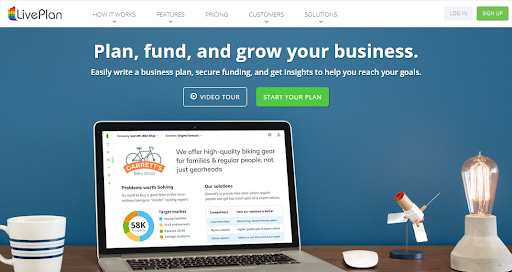
Liveplan is software that provides a modern, rich template business plan with a superior user interface, easy-to-use features, and various options.
Features:
- Create as many business plans as you want
- Utilize a vast library of 500+ business plan templates
- Export your business plans as Word or PDF files
- Build a creative pitch executive summary
- A step-by-step practical guide for software users
Pricing:
- Pay $15 per month for the annual plan
- Pay $18 per month for the six-months plan
- Pay $20 per month for the monthly plan
Enloop
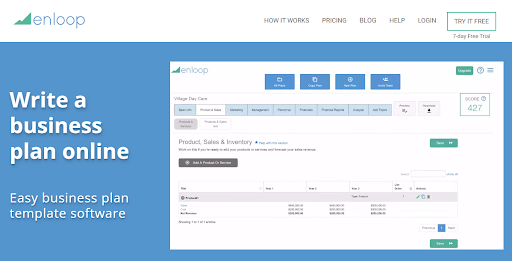
Enloop creates simple and fast business plans. It’s dedicated to creating business plans with automated text writing, financial projections, and real-time performance scores.
Access premium design and development services for unmatched success.
Features:
- Generate texts automatically and customize them later
- Generate editable financial statements
- Analyze and compare the financial performance
- Identify the business model issues with pass and fail reports
Pricing:
- Utilize the 7 days free trial to test the platform
- Pay $19.95 per month for the detailed plan
- Pay $39.95 per month for the advanced performance plan
Gosmallbiz
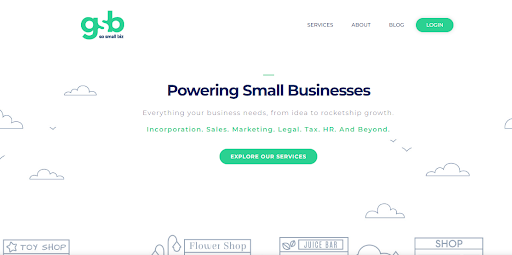
Gosmallbiz is a multiple business management tools platform.
For tech startups, Gosmallbiz is an excellent choice as it offers not just business plan making but also access to business continuity planning software to create a road map or build a website and other features.
Features:
- Many business-plan templates relevant to the tech industry
- User-friendly business plan building wizard
- Free website building tool and hosting
- Library of business documents
- Advanced dashboard for digital marketing
- Library of helpful business courses
Pricing:
- Pay $39 per month with no contracts and a free cancellation program
Ready to Build Your Product?
Creating a solid business plan is a crucial first step for any new tech startup.
With a solid business plan, you’ll be prepared to start building your minimum viable product (MVP) and discovering if you have a product-market fit.
Our team specializes in MVP development, taking your validated concept and efficiently bringing an initial product to market to start gathering real-world feedback.
If you’re ready to take the leap with your tech startup business idea, we’d love to learn more about your business goals and how we can help.
Reach out today to chat with our startup specialists.
We offer free consultations to hear your vision and provide candid advice on the next best steps for testing assumptions, building traction-driving products, raising funds, and ultimately – growing a successful and scalable company.



